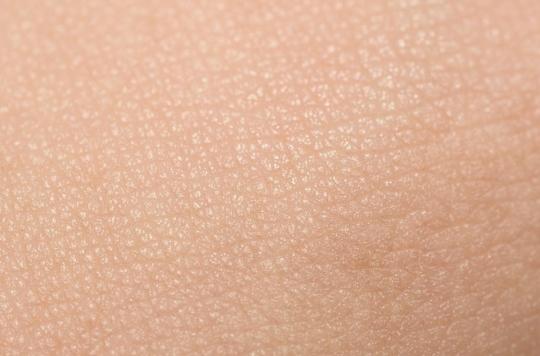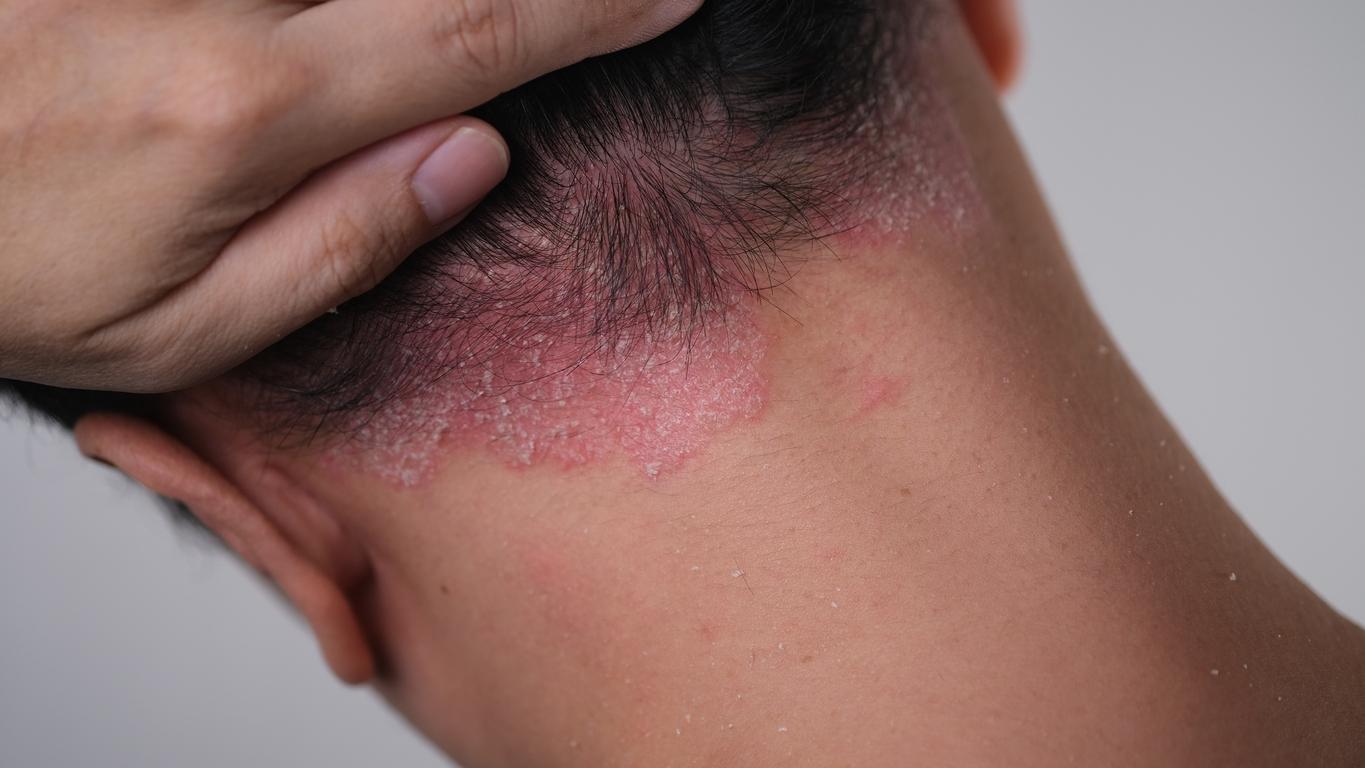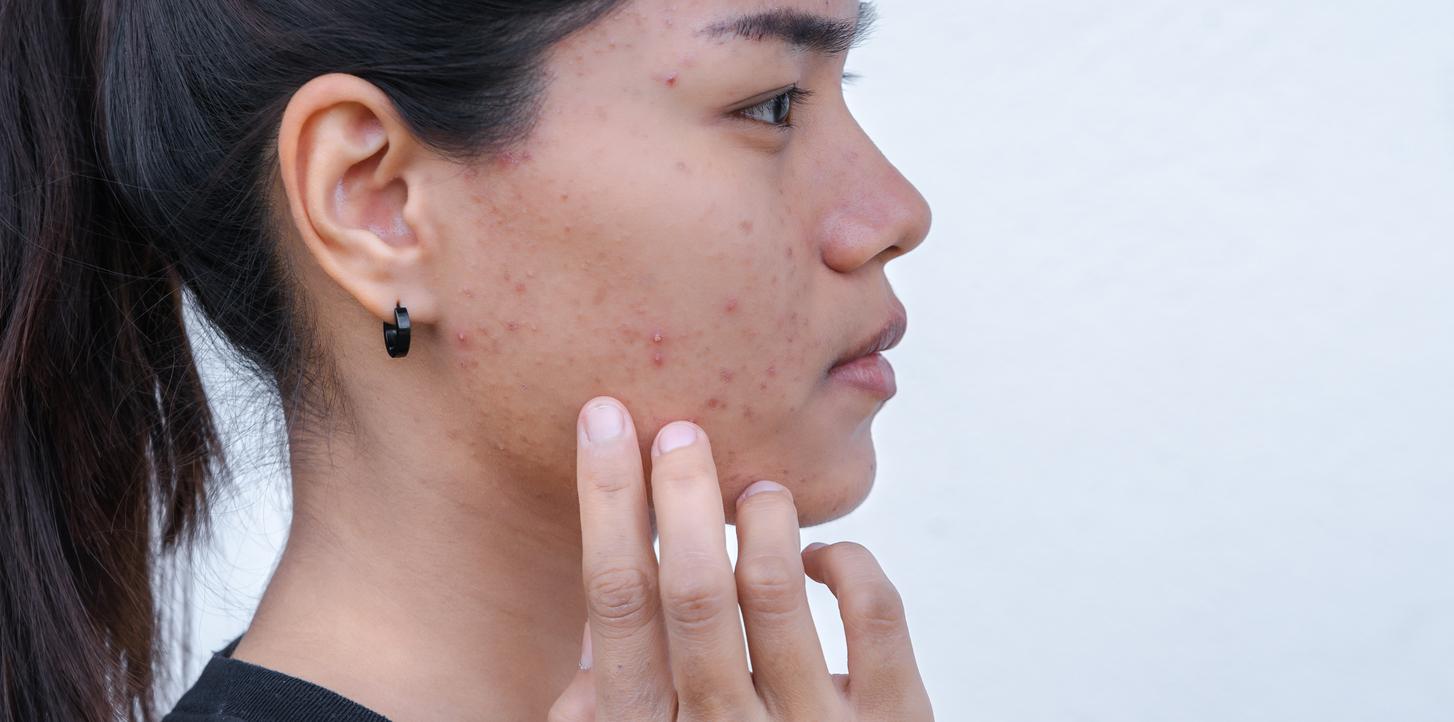The epidermis, the outermost layer of the skin, and immune cells coordinate defenses against infectious attacks.

- The army of immune cells that line the epidermis are not fixed and are able to reposition themselves to protect vulnerable areas.
- Immune cells seem to have the ability to avoid each other to maintain consistent protection without leaving a gap.
As the largest organ in the human body, the skin plays a vital role. It is particularly she who arises as the first defender of the body against infectious attacks. But how does it protect the rest of the body? American researchers from the prestigious Yale University have taken a closer look and examined how the epidermis, the outermost layer of the skin, coordinates with immune cells in the defense against infectious attacks. Their results were published on May 6 in the journal Nature Cell Biology.
Immune cells avoid each other to better protect
The army of immune cells that line the epidermis are not fixed and are able to reposition themselves to protect vulnerable areas. “It is a surveillance system with two distinct rolesspecifies Catherine Matte-Martone, first author of the study. The skin controls these cells by arranging their numbers according to its own density, while they in turn provide dynamic cover to prevent cracks in the skin’s defenses.” In the epidermis, there are two main types of cells of the immune system: Langerhans cells (LC) and epidermal dendritic T cells (DETC).
Looking closely, the researchers noticed that these cells interact with epithelial cells, the tightly packed skin cells that make up most of the epidermis. They found that immune system cells maintain a minimum distance between individual cells. According to them, these immune cells seem to have the ability to avoid each other, preventing clumping and maintaining a consistent distribution. The phenomenon is similar to a property seen in neurons in which scientists have observed a tendency for single-branch neurons to avoid each other.
Moving cells
The researchers then removed certain immune cells in one area to observe the behavior of others. They noticed that the remaining cells are able to reposition themselves through the skin tissue to fill in the gaps. In addition, they discovered that by knocking out the Rac1 gene, which regulates nerve flow between immune cells, they can disrupt the normal organization of these cells. According to them, it is this process that helps maintain the distance between immune cells.
This research illustrates how specialized cell types can work together to play a bigger role in the body. “It is fascinating to observe how these different cell types coexist and interact together in a developmental rather than an immunological context.”, concluded Matte-Martone Martone, who led the research team.
.















